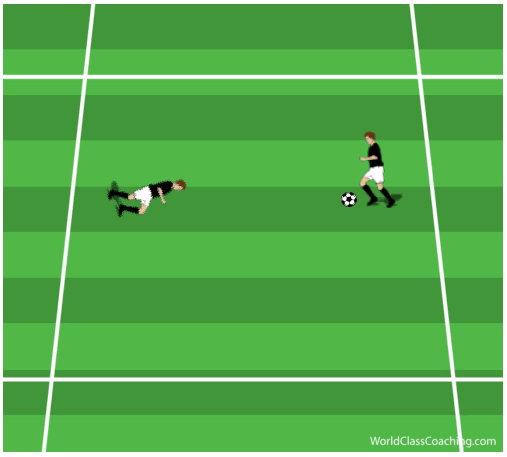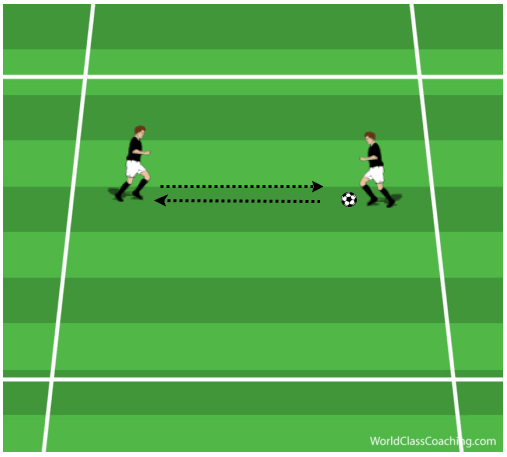Developing whole body strength is essential for peak performance in soccer. How effective you are at shielding the ball from an opposing defender, getting up quickly from a fallen position and constantly withstanding shoulder to shoulder and other physical contact will depend on your whole body strength. Increased whole body strength also improves your ability to perform explosive movements such as jumping and sprinting that play a key role in soccer.
Strength for soccer can be categorized into three main types: basic strength, maximum strength, and strength endurance. Building basic strength is a precursor to developing maximum strength and strength endurance, and should be a focus of the early part the off-season. Maximum strength refers to the ability of a muscle or muscle group to produce the greatest amount of force. Training for maximum strength should only be done by well-trained and experienced players and is not necessary for all levels of play. Strength endurance refers to your muscles' ability to produce force over an extended period of time. Increasing strength endurance will improve the overall work capacity in your players and is very important for soccer, which involves continuous activity over a 90-minute (less for younger players) period. In this article we will focus on basic strength and strength endurance.
Contrary to what many coaches believe, developing basic strength and strength endurance do not require weights or fancy gym equipment. Doing body weight exercises such as push-ups, squats and lunges can be just as effective. Importantly, these exercises can be done right there on the field and modified to incorporate ball work. Include the following exercises in your training program to improve your player's basic strength or strength endurance while simultaneously working on their technical skills.
1) Push-Ups With 1-Touch Passing
For this exercise, divide your players into groups of 2 with 1 ball between the pair.
Have them stand approximately 5 yards apart. One player starts in a push-up position and the other will start with the ball at their feet.

On the coaches call, the player without the ball does a push-up and then immediately rises to a standing position, receives a pass from their partner and returns the pass with one touch.

He or she then immediately drops down, does another push-up and rises again to receive another pass. Repeat this process for a total of about 8 - 15 repetitions or for a specified time period and then have your players switch roles. (Younger or female players with less developed upper body strength may need to do the push-up in a position where there knees and not their feet are in contact with the ground).
2) Squats With Side-Foot Volleys
Use the same set-up as before. This time however, have the players stand 3 yards apart and the player with the ball should start with it in their hands and not at their feet. The other player will start in a standing position. On the coaches call, the player without the ball squats down until their thighs are parallel to the ground and then returns to the starting position. At this point, the player gets the ball tossed to them at knee height which they should return with a side-foot volley. Ensure that the player uses both feet to return the toss. It is important that the player tossing the ball gives a good throw each time. Coach the quality of the volley as well as the player's body position when receiving the ball.
For both exercises you can vary the technical component as you like.
If you are focusing on building basic strength, start with 5 to 10 repetitions then change roles. If you are focusing on strength endurance, have your players do 12-15 repetitions or work for 90 seconds before changing roles. Perform 3 sets for both exercises.
Have Fun!
Justin Cresser - Has coached soccer at various levels both in North America and abroad (Hong Kong and Africa). His most recent position was as the Assistant Technical Director at the Soccer Club of Toronto. He has his National Diploma from the NSCAA and is also a certified strength and conditioning coach.


